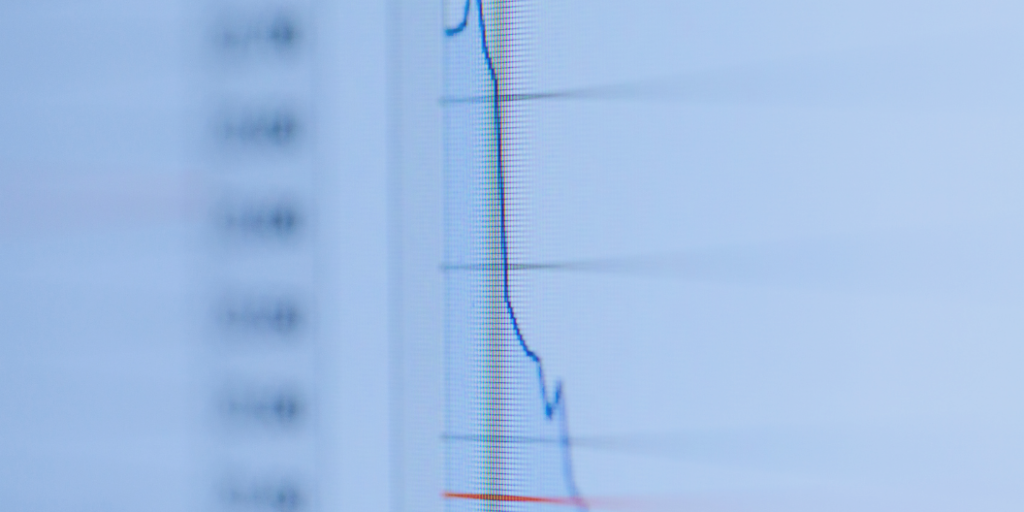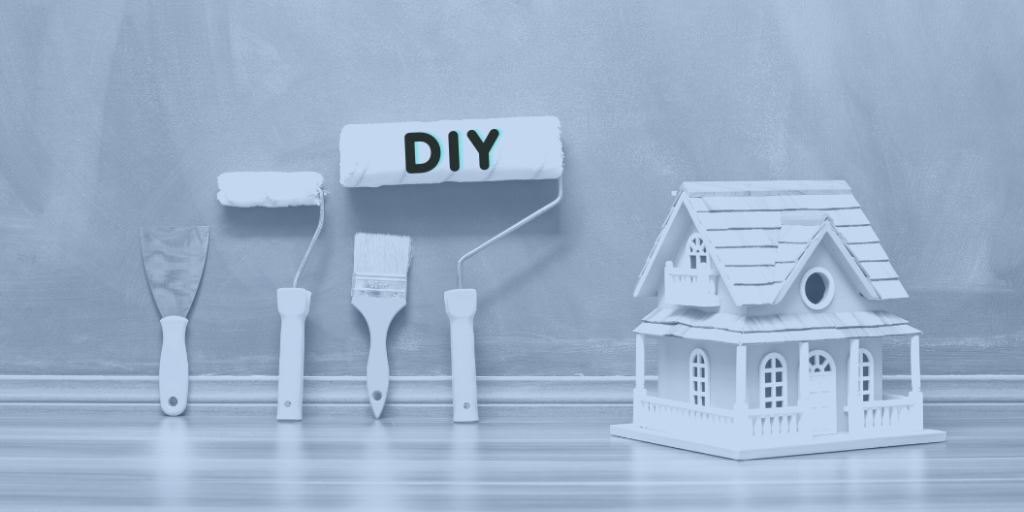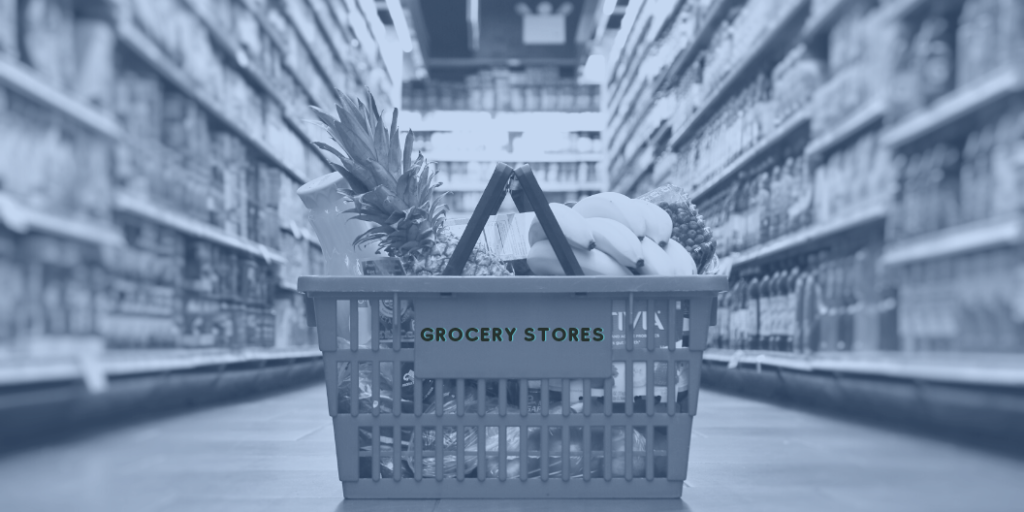Most brands have a basic understanding of the pricing curve. Increase your price, you’ll see an increase in profits per unit sold, while seeing a decrease in the number of units sold. Conversely, if you lower your price, you’ll see a decrease in profit per unit, but an increase in units sold.
From a profit perspective, brands want to find the optimal price point where profits are highest. However, not every brand is looking to maximize profits. Brands looking to increase market share might opt for a lower-profit-higher-sales model, while luxury brands inflate prices to create an exclusivity around their brand.
Regardless of a brand’s overall strategy, testing different points on the pricing curve will help brands find the optimum price point needed to implement their strategy. However, most brands limit their testing to two price points. Oftentimes they’ll have a target profit margin, and a secondary target margin. After testing pricing at each margin, they make a determination and implement a price.
Introducing Dynamic Elements into Price Testing
Testing two price points is relatively easy to do, but it leaves a lot of price points completely untested. By testing a 5% margin against a 10% margin, brands will find that one of these two points is more aligned with their goals, but they would never know how customers react to pricing set at 7% or 12% margins.
However, when brands introduce dynamic pricing tools into the mix, they have the opportunity to find the exact price point that is best aligned with their pricing and brand strategy.
Dynamic pricing can easily test an unlimited range of price points. The system presents different prices to different people when they arrive at the site. Then, it tracks user behavior, seeing how many customers convert when presented with the price.
Once a statistically significant mass of customers has seen the different prices, the dynamic pricing system will recommend an optimal pricing level for the product that takes into consideration both profit levels and brand goals.
One challenge retailers struggle with is getting a statistically significant amount of data for a single item. Over the course of a few weeks, some items may not get much traffic. To counter the lack of data, retailers can group common items together. The wealth of data stemming from the group can help the system make determinations on pricing levels, even when the individual unit lacks the traffic needed.
Units, Revenue, and Profits
These charts show a standard sales behavior for a product. As the price increases, the number of sales drops. Starting at the Units table, when the unit is priced at $101, the company sells 95 units. When the price is increased to $140, the company sells 15 units.

The revenue generated at those two price points are significantly different. When the company moves 95 units, they generate $9,595 in revenue, as opposed to the $2100 in revenue generated when they sold 15 units. You’d guess that $101 is the right price point.
However, the profit chart tells a different story. At $101 per unit, profits are only $95, while the $140 price per unit generates $600 in profits.
The higher price generates lower sales numbers, but higher profits. If you were only testing two price points, and profits were your main goal, you’d charge $140 per unit.
However, if you tested multiple prices, you’d see some interesting results.
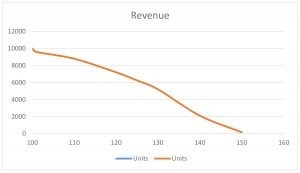
It turns out that if you tested pricing at $120, $125, and $130 per unit, you’d move between 40-60 units. Revenues would range from $5,200-$7,200, with your highest profit peak occurring when you sold 50 units at $125 apiece.
Profits would rise up to $1,250, more than double the amount you’d take away if you sold the units for $140. By testing multiple prices along the pricing curve, you’ll find optimized pricing levels.
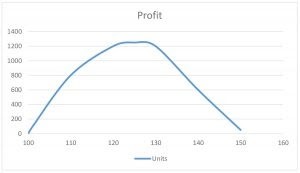
Are your prices aligned with your brand goals? Contact QuickLizard for a free dynamic pricing demo.

